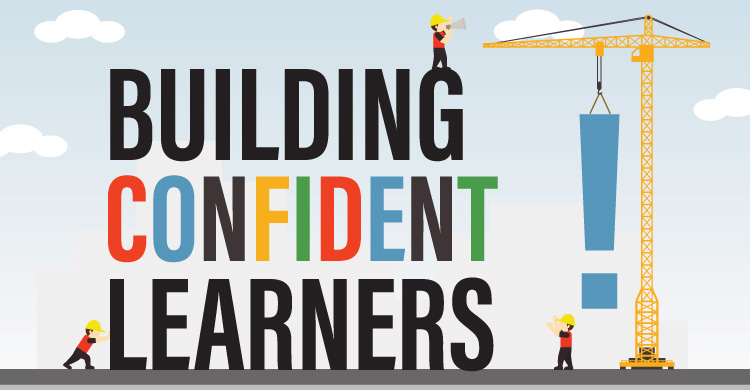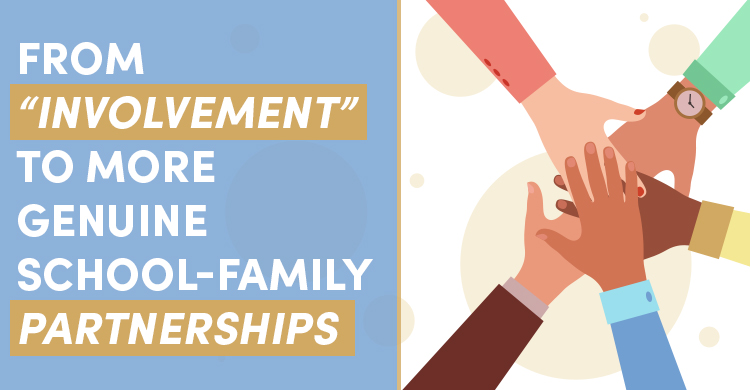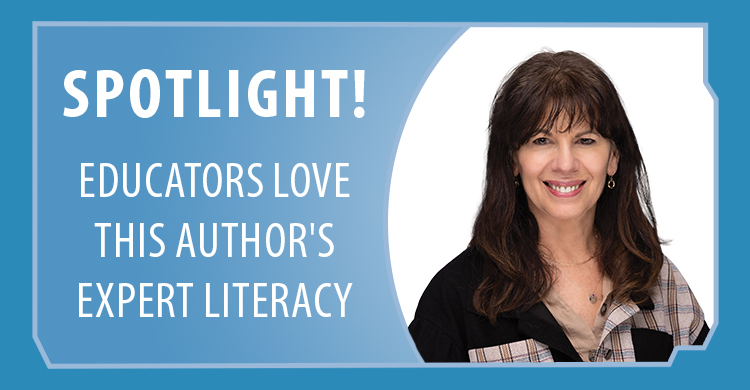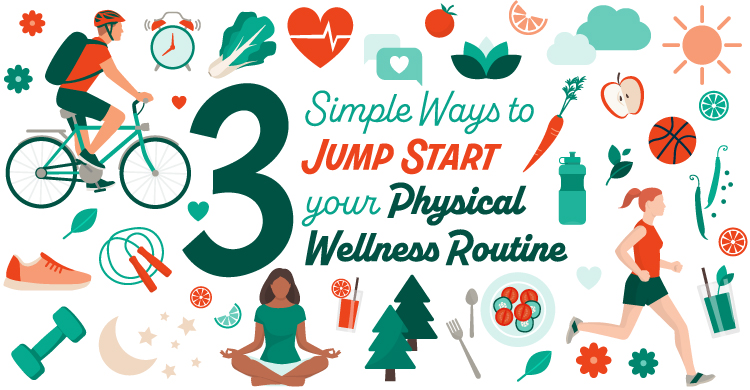Over 25 years ago I heard Dr. Richard DuFour speak about Professional Learning Communities. I was attending an Effective Schools Conference and happened into his breakout session titled “Through New Eyes.” From that moment on, my professional life changed.
As I came to know and understand the PLC at Work® process, it became clear that embedded in the process is the challenge to always seek deeper understanding and application of the science in our field. That science requires a constant reflection into classroom practices that enhance student learning, a willingness to grow comfortable with a constant disquiet with the status quo, and a desire to always find better ways to ensure that all students learn at the highest levels. This disquiet is what sparks necessary changes to occur, thus providing the energy to advance the mission, vision, and goals of the school. It also reinforces and connects the educators to what is most valued.
A new approach
In my last school, one of those moments of disquiet led to a wonderful revelation about the PLC at Work process: Everything we do to create a PLC can, and should, be considered through the eyes of our students.
Together, we began to identify countless ways that the concepts embedded in a professional learning community could be approached with our students. Every adult was challenged to find ways to communicate the values and goals of the school in their classrooms. We had weekly challenge assemblies, where students who took deliberate actions to advance our school’s mission were recognized. Teams had their students discuss, write, and share their own mission and vision statements. As the principal, I worked to keep the Four Pillars of the PLC at Work Process at the forefront of the school and planned ways each week to remind students of the important role that they could play in helping our building to meet our biggest goals. The result: Together, we created a true community of lifelong learners – one that fully included our school’s most important stakeholders, our students.
Since then, I have wrestled with constant disquiet about an additional question related to the PLC at Work process: Imagine if teams started to think of the Four Critical Questions of Learning – What do we want students to know and be able to do? How will we know when students have mastered the knowledge and skills that we have identified as essential? What will we do when students struggle to master essentials? And what will we do when students are ready to work beyond our essentials? – as something more than just “the core work of teachers” in a professional learning community.
Stronger together
Instead, imagine if teams saw answering the Four Critical Questions of Learning as the core work of students, too.
How powerful would it be if teams discussed and developed tools, strategies, processes, and materials to help their students know exactly, in explicit success criterion, what they needed to do to demonstrate high levels of proficiency on each essential standard?
How powerful would it be if teams worked systematically to engage students in the process of knowing where they are in their own learning and understanding just what they need to do maintain, or make progress toward, mastery of each essential standard?
And how powerful would it be if teams thought of their rubrics, checklists and proficiency scales as scripts for students, causing them to think about the kinds of practical steps that they can take – independent of their teachers – to enhance their success?
Stated more simply, how powerful would it be if we used the Four Critical Questions of Learning as tools to influence our students’ efficacy judgements, motivation, confidence, and mindset?
The answer is clear, isn’t it?
If we build it, they will learn
If teams deliberately helped the kids in their classrooms to answer student-centered versions of the four critical questions of learning – What do I need to know and be able to do at the end of this unit? How will I know if I am making progress towards mastering the essential knowledge and skills covered in this unit? What steps should I take if I am struggling to master the essential knowledge and skills covered in this unit? and How can I extend my learning after I have mastered important outcomes? – schools would finally succeed at building confident learners.
And the good news is that building confident learners isn’t as hard as you might think.
Building confident learners happens when teams have students engage in self-reporting and reflection on effort and preparation. Building confident learners happens when teams have students set goals, track and study their progress, and think carefully about what is working and not working in their approach to learning. Building confident learners happens when teams teach students to see grades earned as tools to plan and organize their next steps towards mastering grade level expectations instead of as summative judgments of their academic ability.
Chances are that if you are reading this blog post, you already understand that the Four Critical Questions of Learning can establish a purpose for collaborative meetings by giving teachers a structured format for studying their curriculum with one another.
Teams that are most fulfilled by the PLC at Work process, however, don’t settle for just studying their curriculum with each other. Instead, they work together to define what they value and then find ways to put those values into action in their classrooms.
Success breeds success
So, my question to you is: Does your team value, appreciate, and understand the effect that positive efficacy judgements have on student effort?
Does your team believe that it is important to help students take ownership of their learning? Is student confidence and motivation a priority for you?
If your answer is, “Yes. Of course we do!”, then what steps have you taken to define what building student ownership, motivation and efficacy will look like in the processes, protocols and practices that you implement in the classroom?
Good question, right?
#embracethedisquiet
#buildconfidentlearners






